EFFICIENCY
Public Works has conducted more organizational reviews than any firm in the country—including seven entire state governments, 18 other, separate state agencies, roughly a dozen other government entities, and several of the largest city and county governments in the country. We began conducting government efficiency reviews in 2003, and have been recognized as a national leader in this field by The Atlantic, Governing Magazine, and the Council of State Governments. Our reviews consistently identify annually-recurring savings of 5% of government operating budgets and 2% in school districts.
We work with not just the very top of any public entity—including Mayors, councilmembers, Superintendents, and Governors—but also line staff throughout the organization: Our reviews are highly participatory, engaging a wide range of stakeholders, and based on principles of human-centered design. They are sensitive to the needs and input of the entire community—so much so that the labor unions themselves asked the City of Chicago to bring us in to help them and the City to become more efficient, identify savings, and save jobs.
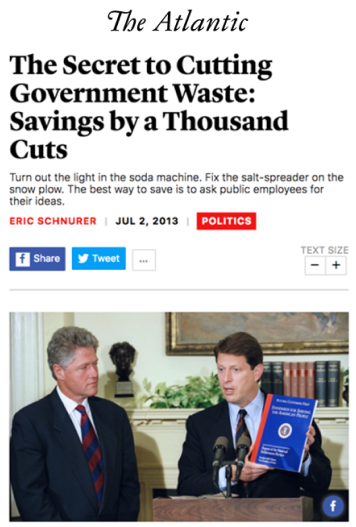
Case Study: Baltimore County
When Baltimore County, Maryland, unveiled the report we finished for them on how to make county operations more efficient and effective, the local media reported, “Consultant tells Baltimore County how to save hundreds of millions of dollars.” But the real point of the report is how to improve government services and programs through new technology, new evidence-based approaches to solving problems, and new ways of thinking. You can read the full report here.
This Efficiency Review will enable the County government to provide residents with a wide range of improvements. These include major changes in how County government handles everything from procurement to solid waste, health care to housing, workforce to economic development, and the way we think about government itself. It also includes an even larger number of nuts-and-bolts internal improvements in how the County government is managed and staffed that will enable it to function more economically, efficiently, and entrepreneurially. These will also improve daily life for County residents, which is the ultimate goal. Major outcomes included:
- Comprehensive procurement system reform
- Comprehensive landfill solution
- Comprehensive Health Care Cost Containment
- Addressing the county’s affordable housing challenge
- Improving the County’s workforce and economic development systems
- Infusing strategic planning throughout County government
- Modernizing the County’s IT systems and governance
- Future-Oriented Government through telehealth and electronic health records, evidence-based practices, reinventing permitting and enforcement processes, virtual workplaces, and virtual inspections.
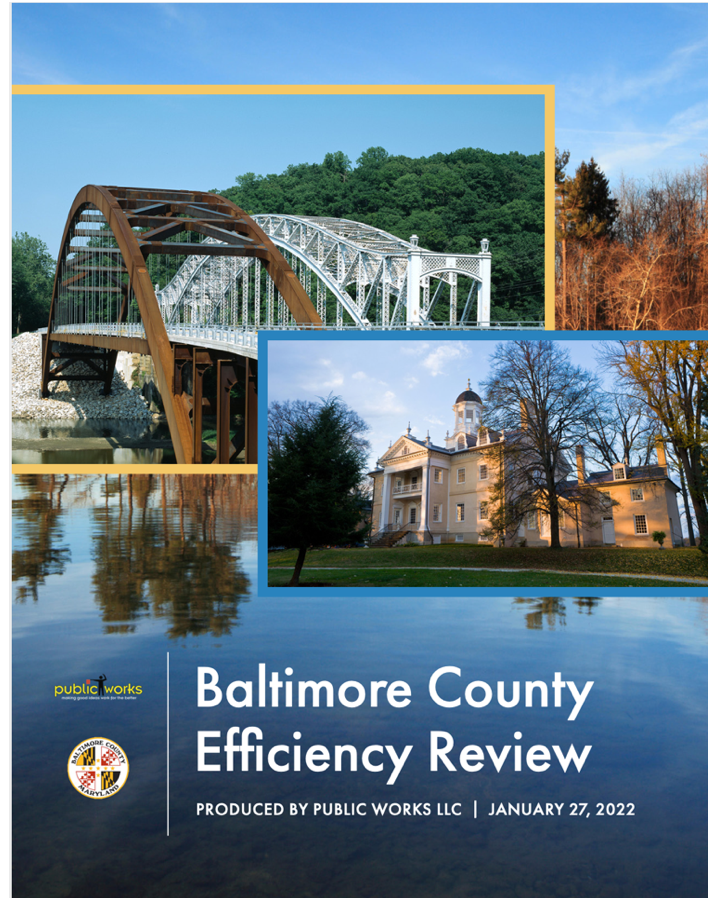
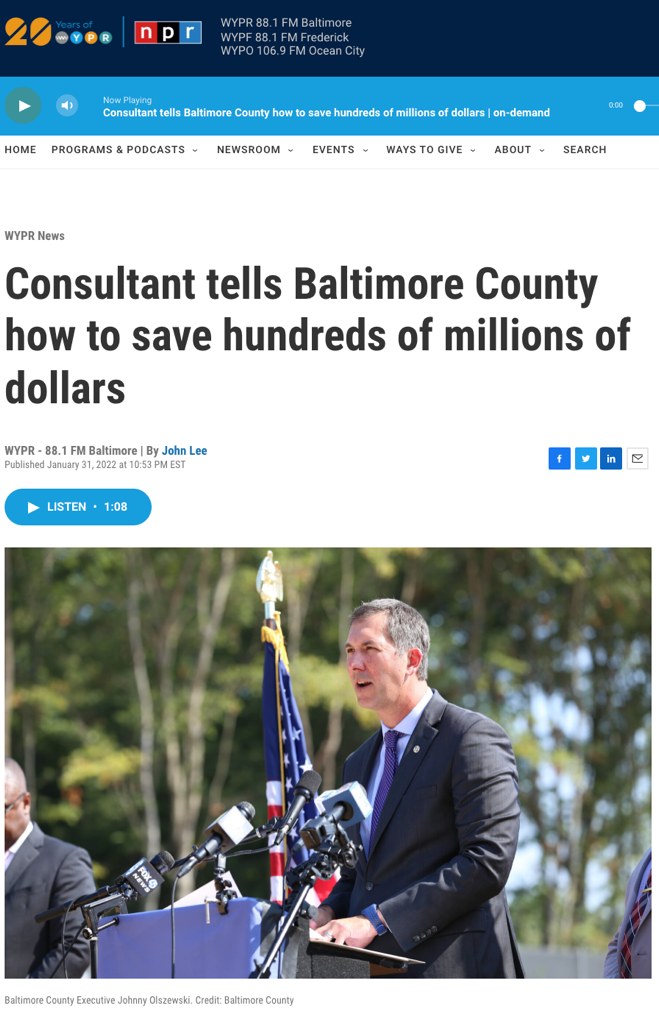
Case Study: City of Chicago
In our most recent review, we were once again retained by the Chicago Federation of Labor (CFL) to work with city employees to determine how they could improve efficiency and save the City hundreds of millions of dollars in order to avoid thousands of layoffs.
This was our third similar excursion into the Windy City: In 2010, our effort was so successful that the Mayor embraced most of our recommendations and the City and, in 2015, the unions and the City government rehired us jointly in order to help the Mayor identify additional savings.

In our most recent review, we were once again retained by the Chicago Federation of Labor (CFL) to work with city employees to determine how they could improve efficiency and save the City hundreds of millions of dollars in order to avoid thousands of layoffs.
This was our third similar excursion into the Windy City: In 2010, our effort was so successful that the Mayor embraced most of our recommendations and the City and, in 2015, the unions and the City government rehired us jointly in order to help the Mayor identify additional savings.

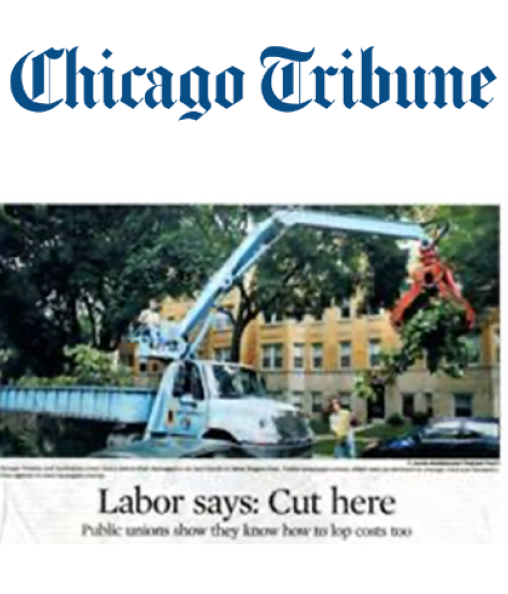



In late 2020, with a new Mayor threatening new layoffs and furloughs in the face of a $1.2 billion gap that the Administration proposed $500 million in borrowing to close, the CFL again asked us to review city operations with input from both the city administration and workers. The paper separately editorialized, “We see a common thread in many of the cost-savings suggestions proposed by this editorial page, the CFL and, to a lesser extent, the Progressive Caucus of the City Council: It’s stuff Chicago should be doing even if there were no pandemic.”
We have conducted similar reviews of a dozen different school districts (and our school review personnel have worked on several hundred between them), ranging in size and diversity from rural Texas and South Carolina, to the isolated Hopi Tribal schools of northern Arizona, to New Orleans schools in the wake Hurricane Katrina.
The National Association of School Boards selected us to be their exclusive provider of school efficiency reviews due to our experience in this arena and education policy.
Case Study: Baltimore County Schools
In 2021, Public Works completed our most recent school district review, for the Baltimore County (MD) Public Schools. As a result of our report, the Baltimore County School Superintendent
- “announced creation of a data dashboard to track if buses arrive at their stops on time and embraced the efficiency report’s recommendation to reorganize the central office, which he said should save more than $30 million over five years.”
- “The superintendent said the administration will examine salaries and consider offering signing bonuses to try to attract new employees to deal with staff shortages.”
- “[He also] said workgroups will be organized to go over the consultant’s report, which includes nearly 200 recommendations. Other issues laid out in the report include a dysfunctional school board, high employee turnover, and inadequate staff to deal with another cybersecurity attack.”
- “A 759-page review of our system requires a balanced and steady approach for successful implementation,” [the Superintendent] said.
- “It is now upon us to take that and make this our work.”
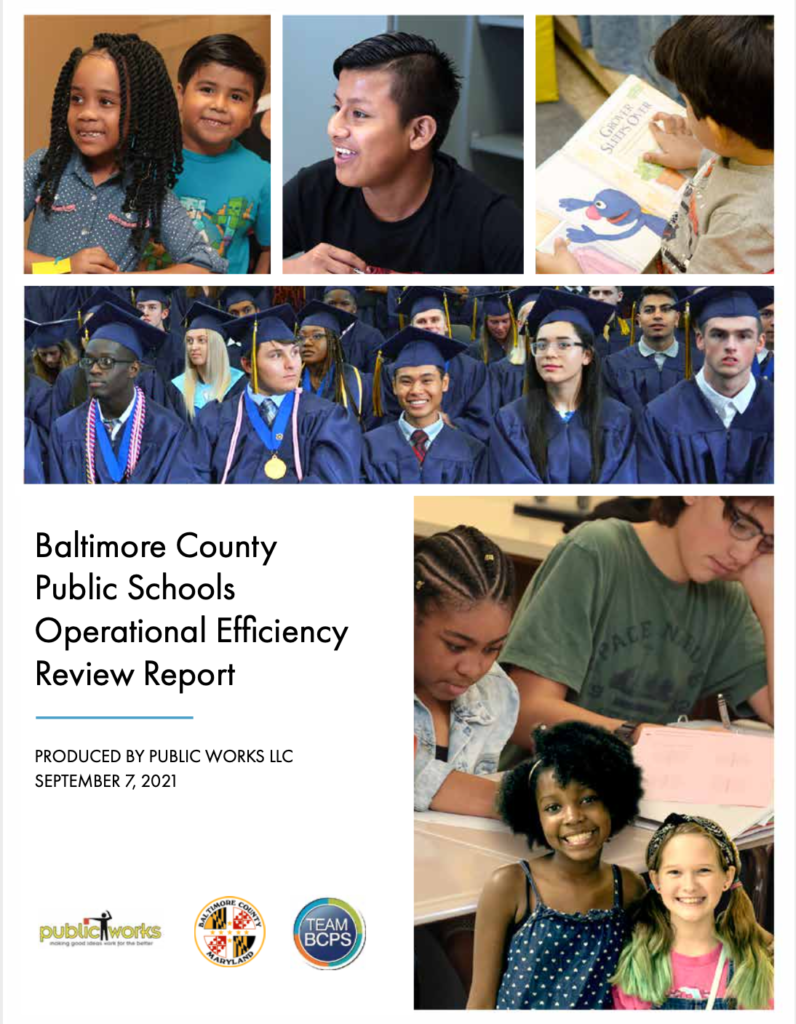

NORTH CAROLINA
Faced with a huge budget deficit, the Governor’s Office engaged Public Works to review spending in the state and to develop an overall plan for how to tackle a nearly 40 percent budget shortfall. Our plan included:
- $800 million in new revenues from such sources as identifying and selling off unneeded state-owned real estate and increased collections from tax deadbeats.
- $3.4 billion in agency consolidations and cutbacks.
- $400 million through IT improvements.
- Over $1 billion from privatizing, consolidating, or restructuring operations from prison health care to call centers.
- $200 million from health care modernization.
- $500 million in performance review-derived savings like procurement reforms, improved asset management, and a series of “green” initiatives.
- $800 million in workforce management improvements, including a long-term workforce plan and reduced span-of-control.
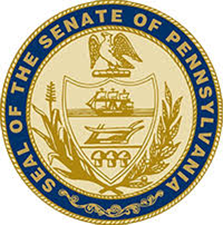
PENNSYLVANIA SENATE DEMOCRATIC APPROPRIATIONS COMMITTEE
To fill a major budget gap, the newly-elected Pennsylvania Governor proposed drastic cuts to all state programs, including critical health and education funding.
The Pennsylvania Senate Democratic Appropriations Committee engaged Public Works to help them develop proposals that would balance the state budget without having to make the dramatic cuts proposed by the Governor. Public Works identified potential savings and efficiencies throughout all aspects of state government, including individual departments and programs and enterprise functions that cut across all departments. We also developed revenue options that could garner public support. The Appropriations Committee was able to present numerous alternative proposals to the Governor to reduce costs and increase non-tax revenues for consideration in the state budget process.

SENATE OF THE COMMONWEALTH OF PUERTO RICO PERFORMANCE REVIEW
Public Works began work in April 2015 with the Senate of Puerto Rico’s Office of Legislative Services, with the task of assisting the Senate in the development of budget process improvements for the Commonwealth—including the development of a performance review process for Puerto Rico’s Fiscal Year 2015–2016 budget.
Public Works worked closely with Senate leadership and their staffs to develop a project management plan that included public hearings and public outreach and education regarding the budget process; a detailed plan to achieve savings and efficiencies through cost-savings recommendations based on findings identified in our performance review; and a plan to achieve the Senate’s objectives for improving the legislative and executive budget process in future years. Public Works staff developed a list of recommendations that would achieve a conservative projection of $500 million—or over 5 percent of the Commonwealth budget--that could be implemented without negatively affecting government services or benefit programs.

TRAVIS COUNTY (AUSTIN, TX) PERFORMANCE REVIEW
Travis County, where Austin is located, is the fifth most populous county in Texas, home to 1.2 million citizens. It employs over 5,000 people and has a budget of nearly $1 billion. Public Works was retained by the Travis County, Texas, Commissioners Court to conduct a performance review of the 11 departments under the Commissioners’ authority.
The review included countywide policy and operations; county organizational and administrative structure; the Planning and Budget Office (which includes economic development programs); the Human Resources Management Department; the Facilities Management Department; the Purchasing Office; Information Technology Services; Records Management and Communication Resources; the Intergovernmental Relations Office; Emergency Services; Justice and Public Safety (including indigent legal services and probation programs); Health and Human Services and Veterans Services (which includes affordable housing programs); and Transportation and Natural Resources (including flood plain and parks management).
The Public Works team conducted over 259 interviews with 196 unique interviewees (predominantly Travis County staff members, but also peer county staff for best practices and benchmarking purposes), as well as 12 focus groups (including staff from the departments being reviewed, as well as other Travis County departments, elected officials, and their staff). Where applicable, we conducted benchmarking with five comparison counties in Texas. Our process also included the development of 11 process maps which were used to help outline the roles and responsibilities of each person in an organization, to assess job descriptions versus actual job activities, and to question the sequence of events to accomplish an objective. Our final report included findings, process maps, and over 160 recommendations.
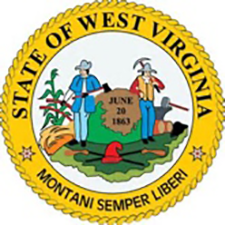
WEST VIRGINIA STATEWIDE PERFORMANCE REVIEW
Public Works completed multiple Performance Reviews in West Virginia, starting with agencies and functions in seven areas: Transportation, Health and Human Resources, Motor Vehicles, Purchasing, Corrections, Alcohol and Beverage Commission, and special cross-cutting issues. Over 100 recommendations for reorganization, cost- savings, new non-tax revenues, and…
...and improved customer services were accepted by the Governor. Some of the recommended changes were incorporated in the state’s operating budget first enacted after the review was complete. While we led state employees through the performance review process, the Manchin Administration added its own twist (and one we recommend for all reviews) to the performance review to ensure accountability and implementation: The Governor and his agency heads signed contracts requiring the implementation of the report's recommendations so that savings are built into the budgets of those agencies in the coming years.
Governor Manchin’s successor, Earl Ray Tomblin, hired Public Works to conduct an extensive review of West Virginia’s health care challenges and opportunities. Through our review, which focused specifically on the Department of Health and Human Resources and the Medicaid program, our team sought to make recommendations for reducing the state’s Medicaid costs and to review the efficiency and capacity of the Department of Health and Human Resources and the programs it runs. The full report identifies 78 recommendations with potential General Fund savings or new revenue of $56.7 million—achieved by emphasizing better health for the state’s citizens, not cuts, as the way to achieve savings and improvements.

NEW MEXICO STATEWIDE PERFORMANCE REVIEW
Public Works conducted a six-month performance review of the New Mexico state government operations, involving interactions with nearly every agency in the State. Through a carefully coordinated team of state employees and our consultants, Phase I of the review generated 92 specific suggestions for…
...increasing the efficiency and effectiveness of state government. The second phase generated additional recommendations that brought total projected annual savings to about five percent of the non-education general fund budget. As noted by the Governor: “This has not been a slash-and-burn operation. The fat in state government isn’t just sitting on the surface, waiting for someone to come along and skim it off in a single stroke. It’s marbled down through the structure of the state bureaucracy, hidden away in inefficient programs or ineffective practices where it has been allowed to grow due to inattention or inertia—to get at it requires surgical precision.”

IOWA STATEWIDE PERFORMANCE REVIEW
Public Works completed an efficiency review across all major departments in the Iowa state government in 2011 and worked with the Governor’s Office and Department of Management (DOM) on the implementation of 40 recommendations. As in all of our…
...statewide reviews, we looked closely at individual departments and operations—including health and human services, public safety, transportation, real estate/land management, debt collection, corrections, and higher education. Although focused largely on cost-cutting, this review also produced recommendations germane to this RFP, such as consolidating administrative functions at Department of Human Services institutions, increasing and improving disease management programs to control costs of chronic illness, and moving housing programs currently operated by the Department of Economic Development into the Iowa Finance Authority.

COLORADO STATEWIDE PERFORMANCE REVIEW
Public Works conducted a statewide Performance Review in Colorado—involving 23 departments. The review produced nearly 100 recommendations and generating $205 million in savings or new non-tax revenues over five years. The Governor appointed a twenty-member Government Efficiency and Management (GEM) team consisting of…
...representatives from every department in state government to guide the process. The result was a highly interactive process that eventually involved hundreds of state workers. Recommendations were extensively vetted by the Office of State Planning and Budgeting to guarantee the operational implications were fully understood and considered. The final report included recommendations, all with background and fiscal impact analyses, to increase coordination between workforce development and public assistance programs to enhance service delivery and program effectiveness, improve integration of workforce development programs, leverage additional family planning funds to serve more Colorado women, expand participation to better utilize 340B pharmacy pricing, create an Internet-based unemployment insurance system, and maximize federal Title IV-E revenue for foster care services.

JEFFERSON COUNTY, KENTUCKY: CITY/COUNTY SERVICE EFFICIENCY REVIEW
Louisville, Kentucky, emerged as a “Top 20” city after the merger of the city and county in 2003—the first city-county merger in almost 30 years. Immediately upon taking office in January 2011, Mayor Greg Fischer formed the Merger 2.0 Task Force, a 23-member group, charged with reviewing the wide range of…
...services provided by Louisville Metro and making recommendations to improve services. Public Works was asked to assist the task force in its effort to both solicit opinions about the status of the merger and to gather data and analyze information to identify a direction the Mayor should take in recommending ways to deliver services more efficiently. Public Works interviewed members of the task force, the staff of Louisville Metro Government (including the Mayor’s Office), and other organizations throughout the county. In addition, we collected all relevant publicly-available documents such as census data, department and service budgets, private vendor contracts for the services being reviewed, previous studies, performance goals and reports from departments, and any other information available concerning the delivery of the services being reviewed. Finally, we looked at best practices from around the country and benchmarked Louisville Metro services to compare them to the management structure and cost of services in other jurisdictions of similar size and circumstance.

BINGHAMTON, NY, PERFORMANCE REVIEW
The City of Binghamton, New York, embarked on developing a strategic planning process to allow city leaders to make data-driven decisions for each department and across the enterprise. Public Works was retained to work with two city departments—Economic Development and Parks and Recreation—to assist them in the first step in a series of activities planned by the Mayor to identify key data points and…
...best practices that could be used to describe department services and eventually produce performance measures. These departments were chosen because they have considerable interaction with the general public and they would provide models for how other departments might begin to look at performance measures for management purposes, data collection for short- and long-term planning, and simplifying interaction with the public through web applications. Identifying these opportunities can foster further development efforts across the city.
In order to review the operations and responsibilities of these departments, Public Works conducted on-site and telephone interviews with managers in each department and with the city’s project manager for this engagement to discuss current operations, organizational structures, priorities, policies, and especially, information needs. We also researched best practices of cities of comparable size to Binghamton (approximate population of 50,000) from around the country and reviewed what data is collected and reported in these best-practice cities. We presented data on what best-practice cities are collecting to address what information is needed to inform decision-making, and what information needs to be provided to the public and gotten from the public.

LOUISIANA GOVERNMENT EFFICIENCY AND MANAGEMENT REVIEW
Public Works conducted an efficiency review across eight major departments in Louisiana state government including the Departments of Children and Family Services, Health and Hospitals, Corrections, Public Safety, Juvenile Justice, Revenue, Economic Development, Transportation & Development, and the Office of Juvenile Justice.
Our experts reviewed and analyzed not only policy, program, and organizational structures, but also cross-departmental and functional areas that may not appear as a line item in a budget but are typically significant expenditures. In response to the needs of the State, which required results within an aggressive timeframe, within the first 30 days of the project we were able to identify nearly 200 initial recommendations, several of which were immediately incorporated into the current year’s budget recommendations to balance the state budget.
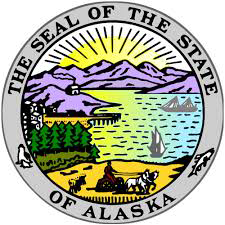
ARKANSAS DEPARTMENT OF HEALTH
The Arkansas legislature retained Public Works to conduct a performance review of the Arkansas Department of Health (ADH) after the ADH Director announced that a decline in revenue forced him to cut $5.3 million from the agency’s budget, lay off 38 employees, and eliminate 69 vacant positions.
Public Works offered a new organizational structure that condensed the department's seven existing divisions into three to make clear the lines of accountability and to streamline decision-making. Public Works developed an in-depth implementation plan based upon our review of operations and identification of national best practices. The work resulted in bi-partisan political support and agency ownership of the report.

ILLINOIS DEPARTMENT OF CENTRAL MANAGEMENT SERVICES (CMS)
Public Works completed an engagement in Illinois that reviewed operations and spending in the Bureau of Strategic Sourcing and the Bureau of Communications and Computer Services in CMS. We completed a detailed analysis of current spending, benchmarked Illinois’ spending and operations against best practice ideas from around the country, and developed recommendations to improve IT and purchasing policy and operations.
The analysis included identifying new ways to operate under recently enacted legislation that significantly changed purchasing rules and regulations. Based on our investigation of current operations and research on best practices, we made recommendations in three distinct areas: 1) updating staffing assignments and procurement procedures; 2) developing strategies to expand the state’s bidder pool, and 3) establishing new bidding and contracting opportunities.

ALASKA HUMAN SERVICES DEPARTMENT PERFORMANCE REVIEW
DHSS serves thousands of Alaska’s most vulnerable citizens through multiple, sometimes complex, programs that draw on state and federal funds. Alaska seeks an objective examination of not only spending, but the organization—including the structure of its budget, how funds are spent, and ideas to streamline service delivery while maintaining—or improving—
...the quality of services delivered. Public Works provided the state with recommendations that address administrative and programmatic organization and oversight, budget structure, and funding for administrative costs—as well as evaluate the efficacy of DHSS’s use of information technology, the appropriateness of proposed budget cuts, and the effectiveness of its advisory groups. This project drew upon Public Works’ expertise in providing comprehensive, in-depth analysis of organizational issues and administrative structure; our broad experience and understanding of organizational design—particularly in health and human services; our work with government agencies in both densely populated and rural states; and our knowledge of best practices from across the country.

NEW ORLEANS RECOVERY SCHOOL DISTRICT PERFORMANCE REVIEW
Almost two years after Hurricane Katrina, the New Orleans School District remained divided between the original Orleans Parish School Board (OPSB operating just a few schools) and the state-appointed Recovery School District (RSD running the majority of schools). The state hired Public Works to review administrative/overhead services being provided by each district, to…
...determine the cost and benefits of one or the other district delivering each service, and to determine the cost (and waste of tax dollars) of continuing with the duplication in the system that existed at the time.
Public Works conducted a thirty-day preliminary review of nine RSD and OPSB functional areas—Procurement, Transportation, Safety and Security, Food Services, Facilities, Information Technology, Human Resources, Academics (Curriculum and Instruction), and Athletics. We produced 53 recommendations across the nine operational areas for aggregate savings in the range of $2 million to over $10 million and aggregate revenue improvements in the range of $200,000 to $1.8 million.
The findings required a cost analysis of services provided in the nine functional areas, as well as an investigation of the means of delivery of the service—provided in-house, through contracts with private vendors, purchased on an ad hoc basis, or as a package of services for all schools to use.
Recommendations identified which district should provide the service, the cost of services, and the means by which they should be provided.

PERFORMANCE REVIEW OF THE ALASKA DEPARTMENT OF EDUCATION AND EARLY DEVELOPMENT
We conducted a comprehensive performance review of the Alaska Department of Early Education and Development (DEED) to fulfill its statutory mandate for periodic reviews of the efficiency and effectiveness of state agencies. Our team met school in eight districts across the five regions of Alaska; conducted over 250 individual interviews (including interviews with DEED management and staff;…
...a majority of State Board members; selected state senators and representatives; and leaders of numerous statewide educational leadership organizations); conducted numerous stakeholder group meetings both within DEED and in the districts; and surveyed all DEED staff and all 54 superintendents. Additionally, members of the review team attended the Alaska Association of School Business Officials (ALASBO) Conference in December 2015 to interview numerous school district business officials. Our final report to the State Legislature included 77 recommendations that were rated for both urgency and ease of implementation. This engagement follows our previous successful project with the state, reviewing organizational and administrative structures for the Department of Health and Social Services (DHSS).
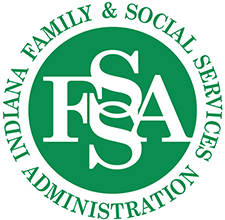
INDIANA FAMILY & SOCIAL SERVICES ADMINISTRATION – RESTRUCTURING AND ONGOING CONSULTING
Comprising over 40 percent of the state government, Indiana’s Family and Social Services Administration (FSSA) is one of the largest state agencies in the nation. But facing staff turnover and a state budget crisis, FSSA had five out of six spots at the agency policy shop unfilled. FSSA contracted with Public Works to provide ongoing assistance with its wide-ranging policy portfolio—
...encompassing social services and Medicaid for children, families, and seniors. The first task we tackled was to restructure the bureaucracy that delivers those services. The effort focused on pilot programs in two counties to coordinate services offered and delivered by multiple agencies of both the state and county governments for families and their children on welfare and to establish a seamless, single-point-of-contact system for beneficiaries. Our job also included ongoing consulting on welfare-related policy development generally, integrating those pilot projects with the larger work of FSSA.
